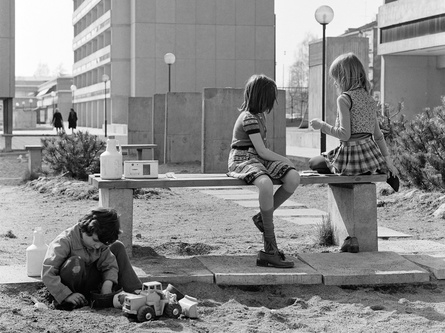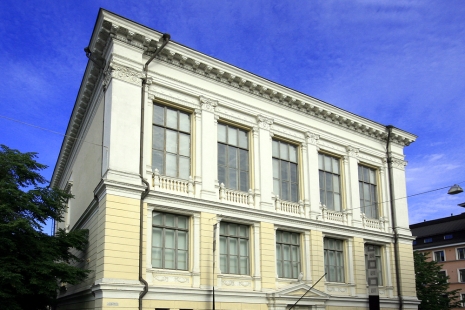The exhibition explores the architecture and other phenomena of the controversial decade. It tells about the ideologies and social progress that guided the work of architects at a time when the welfare state was under construction, cities were growing and housing construction was at its peak. A lot of the old houses had to make way for larger houses and more efficient roads. The industrial, systems architecture, which emphasised repetition and uniformity, as well as the grid pattern expanding in different directions, fitted perfectly with the era’s ethos of universality.
Concrete Dreams invites us to experience the spirit of the 1970s, for instance, enticing us to imagine how a well-equipped suburban home built of prefabricated concrete elements with adjoining playgrounds felt like for its first residents. It also highlights gems from the 1970s of different building typologies: theatres, town halls, university buildings, churches, factories and water towers and challenges us to think about the value of these buildings in our environment, now that they have reached an age when they require renovation. It shows the diversity and pluralism of the architecture of that time.
Concrete Dreams continues the Museum of Finnish Architecture’s series of exhibitions exploring the architecture of past decades, this time reaching the 1970s. The exhibition has been curated by Petteri Kummala, the Museum of Finnish Architecture’s deputy head of information services and research, Jutta Tynkkynen, the museum’s curator of exhibitions, and Anni Vartola D.Sc. (Tech.) senior lecturer in Architecture at Aalto University.
Concrete Dreams
And other perspectives on 1970s architecture
Museum of Finnish Architecture, 17.5.2023–15.10.2023
Image: Kuva: Volker von Bonin / Helsinki City Museum





